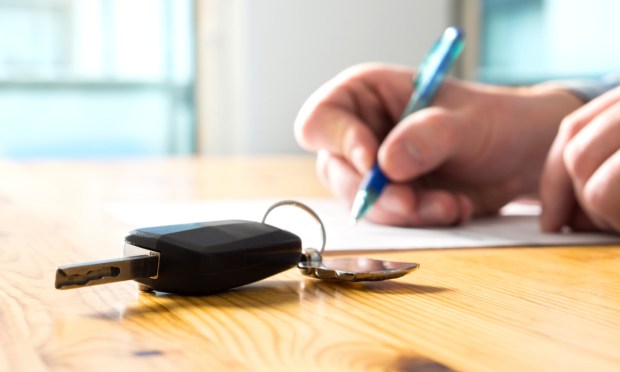
The recent surge in delinquency rates on auto loans in the United States has raised concerns about the financial challenges faced by car owners.
With interest rate hikes and rising inflation, many Americans are finding it increasingly difficult to afford their monthly car payments, Bloomberg reported Saturday (Oct. 21).
The percentage of subprime auto borrowers at least 60 days past due on their loans reached 6.11% in September, the highest level since 1994, the report said, citing data from Fitch Ratings.
This increase is a clear sign of distress among car owners, especially considering the mixed signals in the economy, according to the report. While interest rate hikes have made newer loans more expensive, other factors such as higher car prices and borrowing costs have also contributed to the problem.
The Federal Reserve’s indication of keeping rates higher for an extended period has added to the challenges faced by subprime borrowers, the report said. As millions of Americans resume paying their federal student loans, their ability to meet other financial obligations, including car payments, becomes more strained. Margaret Rowe, a senior director at Fitch, told Bloomberg that subprime borrowers often bear the brunt of macroeconomic headwinds, making them vulnerable to financial difficulties.
Access to a car is crucial for many Americans, particularly those living in areas with limited public transportation options, per the report. However, the historically high prices of both new and used vehicles have made car ownership unattainable for many low-income workers. Interest rates for those with poor credit scores can be as high as 21.38% for used cars, further exacerbating the affordability issue.
As payment delinquencies rise, the number of vehicle repossessions is expected to increase, according to the report. Cox Automotive estimates that 1.5 million vehicles will be seized this year, up from 1.2 million in the previous year. While this figure is still below pre-pandemic levels, it reflects the financial strain faced by car owners.
This news comes about two weeks after it was reported that the surge in interest rates has resulted in record-high auto loan payments for consumers who have borrowed money to purchase new cars. One in 5 borrowers now owe at least $1,000 a month, the Financial Times (FT) reported Oct. 6.
PYMNTS Intelligence has found that auto loans and mortgages make up most of the more than $250,000 in outstanding debt that is owed by more than 1 in 3 consumers. High levels of debt are impacting consumers’ credit accessibility, livelihoods and purchasing power, according to “The Credit Accessibility Series: Economic Malaise Exacerbating U.S. Consumer Debt Levels,” a PYMNTS and Sezzle collaboration.